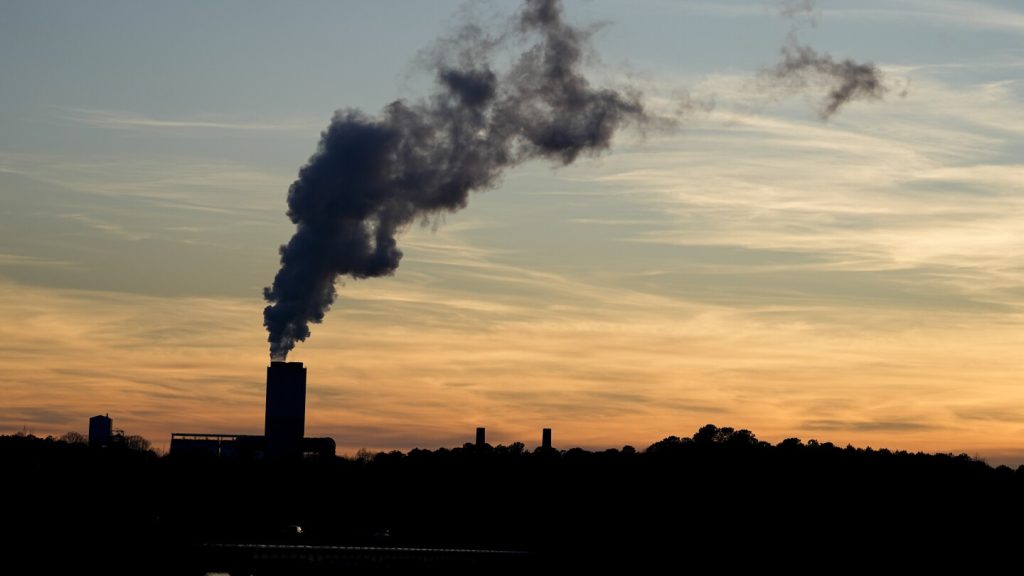The Environmental Protection Agency issued a rule on Thursday that would require coal-fired power plants to capture smokestack emissions or shut down. This rule is part of the Biden administration’s efforts to reduce greenhouse gas emissions from the power sector, which is the nation’s second-largest contributor to climate change. The new limits on emissions are aimed at eliminating carbon pollution from the electricity sector by 2035 and economy-wide by 2050. The EPA also introduced other measures to reduce toxic wastewater pollutants from coal-fired plants and manage coal ash in unlined storage ponds.
EPA Administrator Michael Regan stated that the new rules are designed to reduce pollution, protect communities, and improve public health while supporting the transition to a clean energy economy. However, the plan is expected to face challenges from industry groups and Republican-leaning states, who have criticized the administration for overreaching on environmental regulations. Despite these criticisms, environmental groups have welcomed the new rules as urgently needed to address the devastating impacts of climate change. The rule marks the first time the federal government has placed restrictions on carbon dioxide emissions from existing coal-fired power plants.
Under the new rules, coal plants that plan to stay open beyond 2039 would be required to cut or capture 90% of their carbon dioxide emissions by 2032. Plants that are expected to retire by 2039 would also need to reduce emissions, albeit to a lesser extent. The regulations, which are part of a series of EPA rules targeting power plant emissions and wastewater pollution, are expected to avoid significant amounts of carbon pollution and provide substantial climate and health benefits. However, industry representatives have raised concerns about the impact of the rules on the reliability of the electric grid.
While some industry groups have accused the Biden administration of ignoring the energy reality and forcing the closure of coal plants, EPA Administrator Michael Regan has emphasized that the rules are intended to reduce pollution and support a transition to cleaner energy sources. The administration has been focused on implementing various measures to reduce carbon pollution, including limiting tailpipe emissions from vehicles and methane emissions from oil and gas drilling. These efforts are part of a broader strategy to achieve significant reductions in carbon emissions and move towards a zero-carbon future.
The EPA rule has been met with criticism from some industry groups, with the National Rural Electric Cooperative Association calling it unlawful, unrealistic, and unachievable. The association represents 900 local electric cooperatives across the country and argues that the rule disregards the Supreme Court’s decision on regulating carbon pollution under the Clean Air Act. Despite these challenges, the EPA rule is expected to lead to greater use of carbon capture equipment and promote the reduction of toxic wastewater pollution from coal-fired power plants. Environmental groups have praised the comprehensive set of standards introduced by the EPA to protect waterways from pollution caused by coal ash waste.


